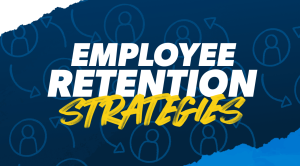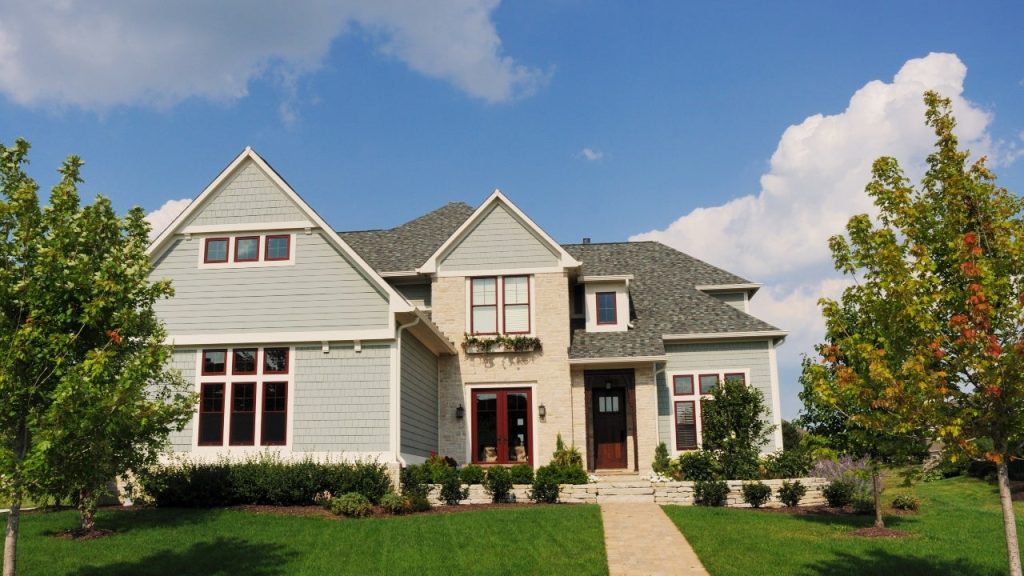Key takeaways
- The Home Ownership and Equity Protection Act (HOEPA) is a federal law that aims to protect consumers from predatory mortgage lending.
- HOEPA mainly covers high-cost mortgages, which are defined as loans with an annual percentage rate (APR) that exceeds the prime rate by a certain amount.
- HOEPA includes provisions such as assessing a borrower’s ability to repay, restrictions on loan terms, and requirements for disclosures and pre-loan counseling.
What is HOEPA?
The Home Ownership and Equity Protection Act (HOEPA) is a 1994 amendment to the Truth in Lending Act (TILA) that protects consumers from predatory mortgage lending. Expanded significantly in 2010, the law requires mortgage lenders to provide borrowers of “high-cost mortgages” (see below) with disclosures about how much the loan will cost over its lifetime and the consequences of default. All refinances and home equity loans that meet the criteria for a “high-cost mortgage” are required to come with these special disclosures. Under HOEPA, there are also restrictions on the loan terms that lenders can offer.
In addition, HOEPA requires that borrowers undergo pre-loan counseling and restricts fees and penalties that can be imposed on them. Historically, borrowers with poor credit are offered significantly more expensive loans. HOEPA seeks to ensure that borrowers who take out these high-cost loans have a clear understanding of the terms of their debt, and recourse should these terms be violated.
What is the Truth in Lending Act?
The Truth in Lending Act (TILA) is a federal law that aims to promote transparency and protect consumers in credit transactions. Enacted in 1968, TILA requires lenders to disclose key terms and costs of credit to borrowers, ensuring they have accurate information about the terms of their loans. The law mandates the disclosure of the annual percentage rate (APR), finance charges, repayment terms and other important details. TILA also provides consumers with the right to rescind certain types of loans within a specified period. The goal of TILA is to enable borrowers to make informed decisions and prevent unfair or deceptive lending practices.
Which mortgage types does HOEPA cover?
HOEPA generally covers the following loan types (primary residences):
HOEPA doesn’t typically apply to:
What classifies as a high-cost mortgage?
A high-cost mortgage, defined by HOEPA as “any consumer credit transaction that is secured by the consumer’s principal dwelling,” is one in which the annual percentage rate (APR) exceeds the average prime offer rate for a comparable transaction by more than 6.5 percentage points for a first-lien loan (a primary mortgage or refi of a primary mortgage) or 8.5 percentage points for a subordinate lien (like a home equity loan or line of credit).
If the associated points and fees are also above a certain threshold — generally, 5 percent of the loan amount — it’s also often considered a high-cost mortgage. The Consumer Financial Protection Bureau Bureau revises the minimum limit for the total points and fees annually, based on the current Consumer Price Index (CPI).
The presence or absence of certain other features can also determine a mortgage’s status as high-cost. The law does not allow high-cost mortgages to charge prepayment penalties or balloon payments, for example.
When a mortgage is classified as high-cost, there are certain requirements that lenders must meet, including specifically-worded disclosures about when the loan becomes effective and the consequences of defaulting. Lenders must also clearly disclose all loan terms such as the APR, monthly payments and full amount being borrowed. Borrowers in high-cost mortgages also have enhanced remedies for violations of the law.
The history of HOEPA
HOEPA was created in 1994 as an amendment to the Truth in Lending Act (TILA). Its purpose was to address unfair and abusive practices from lenders who were charging high interest rates and high fees on refinances and closed-end home equity loans.
The next decade saw a large growth in unscrupulous lending practices, subprime loans and alternative mortgages — all of which led to the financial crisis of 2006-7 and the Great Recession of 2007-09. As a result, HOEPA was expanded in 2010 under the Dodd-Frank Wall Street Reform and Consumer Protection Act to include purchase mortgages (that is, loans to buy homes) and open-end credit plans, such as HELOCs. This amendment also added new protections for high-cost home loans and enabled homeowners to receive pre-purchase counseling before taking out a high-cost mortgage.
What changes did the Dodd-Frank Act make to HOEPA?
The Dodd-Frank Act brought significant changes to the Home Ownership and Equity Protection Act. When originally enacted in 1994, HOEPA applied primarily to refinances and home equity loans. Under Dodd-Frank, the scope of loans under HOEPA’s purview widened to include home purchase loans and home equity lines of credit (HELOCs). The Act also introduced new thresholds based on prepayment penalties to identify high-cost mortgages and lowered the existing thresholds for loan rates and points and fees.
These changes resulted in more loans being categorized as high-cost mortgages. The Act also imposed restrictions on these high-cost mortgages, such as the prohibition of balloon payments, and required that borrowers receive counseling (a provision expanded in 2013 to encourage consumers to obtain homeownership counseling for other types of loans).
HOEPA rules and regulations
There are several provisions within HOEPA, including:
- Assessing a borrower’s ability to repay: Before issuing a high-cost mortgage, the mortgage lender must thoroughly review the borrower’s finances, including credit history, income, assets and debt.
- Restrictions on terms: The law restricts balloon payments and due-on-sale clauses in most circumstances, and lenders can’t charge a prepayment penalty. There are also limitations on late fees and some other restrictions.
- Disclosures: At least three days prior to the mortgage’s closing, the lender must provide a written disclosure to the borrower that explains loan details including annual percentage rate (APR) and monthly payment, as well as the consequences of default.
- Counseling: Prior to closing, the borrower must receive approved homeownership counseling that covers the disclosures as well as budgeting and affordability.
Other borrower protections that apply to high-cost mortgages
Regulation Z, a component of TILA (although sometimes the two are referred to interchangeably), mandates that mortgage lenders provide disclosures before issuing loans. It requires that borrowers receive one breakdown of costs and expenses when applying for a loan and a second, finalized listing at least three days before closing. This practice allows the borrower to compare the final terms of the closing disclosure to the initial loan estimate.
Regulation Z also prohibits lenders from receiving compensation for committing the borrower to a specific type of loan, or from steering borrowers into a mortgage that results in more compensation for the loan officer, unless doing so is in the borrower’s best interest.
What can borrowers do under HOEPA?
HOEPA empowers consumers in a few ways. First, it enables aspiring homeowners with poor credit to get a loan without extremely high fees or interest rates.
It also allows borrowers to report their lender if they suspect it has violated HOEPA regulations or engaged in predatory lending tactics. If it in fact has, they can cancel the loan or are not liable to pay its fees.
FAQ about HOEPA
-
Several fees are banned or limited if you have a high-cost mortgage. Lenders are not allowed to charge fees for paying off the loan early, charge late fees of more than 4 percent of the monthly payment, or charge a fee for receiving a payoff statement. Additionally, lenders are not allowed to impose a fee for modifying a loan if the homeowner needs financial assistance.
-
Not all home loans are subject to HOEPA requirements. Typically, reverse mortgages and construction-only loans are not required to meet HOEPA guidelines.
-
The prime interest rate (“the prime” or “prime rate” for short) is the rate at which banks will lend money to their most-favored customers. It follows the federal funds rate, which is set by the Federal Reserve. The prime rate in turn becomes a benchmark for credit card rates, HELOC rates and other consumer loan rates.Individual institutions determine their own prime rates, which can fluctuate based on the bank’s costs, as well as general economic conditions. But when people refer to “the prime,” they generally mean a rate published daily by The Wall Street Journal, which represents a consensus of the rates charged by 30 largest banks in the U.S.Currently, the average prime rate is 8.5 percent.
Read the full article here












